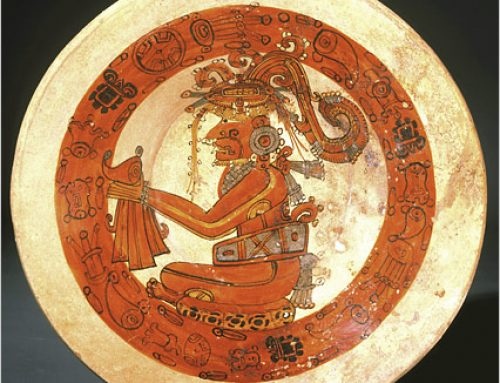
Arya Bhata worked at Nalanda University, in Patna, India
Where was Arya Bhata from?
Arya Bhata was born about 476 AD in India. He probably came from central India, though nobody knows for sure.
The Chola Empire
Indian math
More Indian science
All our ancient India articles
Where did Arya Bhata go to college?
When Arya Bhata was a teenager, he left his hometown. He traveled to Kusumapura (modern Patna) in north-eastern India, on the banks of the Ganges river, to study at Nalanda University.
At this time, just after the collapse of the Guptan Empire, Nalanda University had already been teaching students for hundreds of years. But it was still a very good university. Nalanda was a Buddhist school. The Mauryan Buddhist King Ashoka paid for some of its buildings.
More about Buddhism in India
More about Nalanda University
One of the buildings was an astronomical observatory. Students came from far away, from West Asia and Central Asia, and even from China, to study at Nalanda.
Arya Bhata and astronomy
Arya Bhata must have worked hard in college, because by the time he was 23 years old, in 499 AD, he was already writing an important book about math and astronomy of his own. It is a very short book, summarizing important new ideas in 108 short poems.
What did Arya Bhata know?
For the astronomy part of the book, Arya Bhata seems to have thought that the earth spun around on its axis (as it really does). But he also thought that the stars moved around the sky. Maybe he didn’t realize that they only seem to move because of the movement of the earth.
More about the Earth
An earlier astronomer: Ptolemy
Earlier than that: Aristarchus
Arya Bhata apparently didn’t know about Aristarchus‘ work, or he didn’t believe it. He followed the Roman astronomer Ptolemy instead. So Arya Bhata thought that the earth was at the center of the universe and the sun and the planets and the stars all moved around the earth in different orbits. Like Ptolemy, Arya Bhata saw astronomy as a process of calculating distances and movements from the earth to these orbits.
Arya Bhata and trigonometry
To calculate these distances, you needed trigonometry. Arya Bhata used the trigonometry developed by Hipparchus and Ptolemy for this purpose. Arya Bhata defined the concept of the sine and cosine, which he called jya and kojya, meaning “chord” and “perpendicular chord”, and wrote down a table of sines.
Who was Hipparchus?
What are sines and cosines?
More about trigonometry
Arya Bhata took trigonometry further than Ptolemy had by working with half-chords. At the same time, Arya Bhata was also working on defining tangents and cotangents.
What are tangents?
Arya Bhata works on place values
In another math section of his book, Arya Bhata was inspired by recent work on using place values to help add and multiply large numbers. Zero had not yet been completely invented, but Arya Bhata took some more steps along the path from place values towards the idea of zero.
The invention of zero
Zero and place value
Arya Bhata also wrote several other books about math and astronomy, but we no longer have copies of some of them. One of these lost books is the Arya-siddhanta. In this book, Arya Bhata described ways of measuring time, like sundials and water clocks.
A short history of time
We may not think of sundials and clocks and sines and tangents as all being related now. But to Arya Bhata and other scientists of his time, all of these were things that you needed in order to understand the movements of the stars and the planets around the Earth.
Learn by doing: make a sundial
More about Indian mathematics
Bibliography and further reading about Indian science:
Science in Ancient India, by Melissa Stewart (2002). Written for kids.
Eyewitness India, by Manini Chatterjee (2002). Written for kids.
Ancient India, by Virginia Schomp (2005). Written for teens. Very good for reports.




